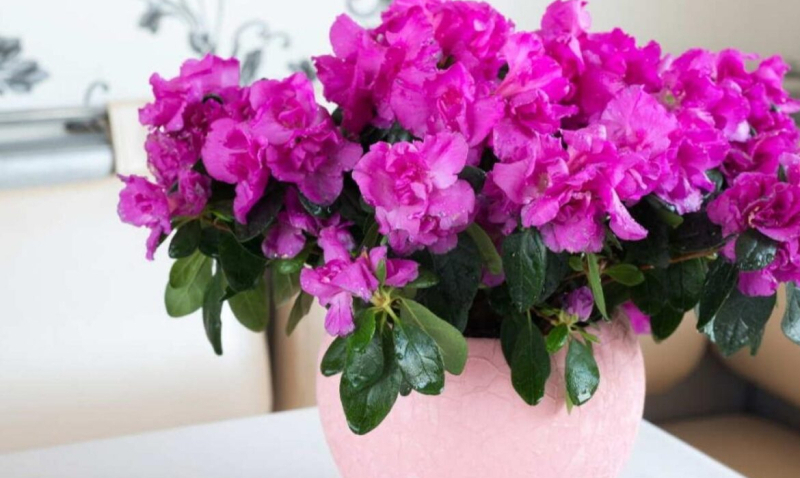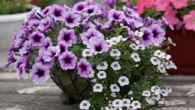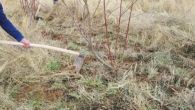
Experts called “dangerous” indoor plants
0
The list of plants capable of harming humans is quite long. The group of dangerous can include representatives of four families – aroid, milkweed, kurtiv and nightshade. The greatest danger is the juice of plants, writes the Trizio portal, so when working with them, remember to wear gloves, do not forget to wash your hands thoroughly, and in general, it is better not to keep them at home where there are children or animals.
Details
The danger of dieffenbachiahidden in poisonous juice, which is easily released when the plant is damaged. Getting it on the mucous membranes can cause a burn. Temporary blindness, severe visual impairment, swelling of the larynx and tongue may also occur. In this regard, it is not recommended to install the vase in rooms where there are children.
The juice that fills the stems of azalea contains the glycoside andromedotoxin, a poisonous substance that belongs to neurotoxins. Symptoms of poisoning may include weakness, nausea, vomiting, heart failure. Symptoms develop very quickly – you need to call a doctor. It should also be taken into account that the flowering azalea emits a strong aroma, so you should not put the flower in a closed room either.
Poinsettia. The poisonous juice contained in the body of the plant can cause harm to a person: when it enters the esophagus, it can cause a rather severe burn. People who are allergic to latex should also be careful with the plant.
Monstera. The plant does not contain poison and therefore does not pose a great danger, but the threat of harming the body is still there. In the leaf there are microscopic needle-like formations of calcium oxalate, called raphides, which, when they get on the mucous membranes, can cause a strong toxic reaction.
Persian cyclamen. Its poison can burn the mucous membrane, you risk getting a fever, sore throat and difficulty breathing. The most poisonous parts are the seeds and roots of the plant, the fresh juice of which can cause irritation or inflammation of the skin.
Clivia. The leaves and roots of clivia are very poisonous. The alkaloid contained in the bright yellow-hot juice causes nausea, vomiting and other related gastrointestinal problems.









Leave a Reply